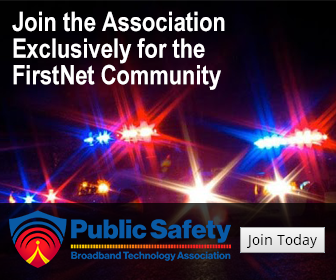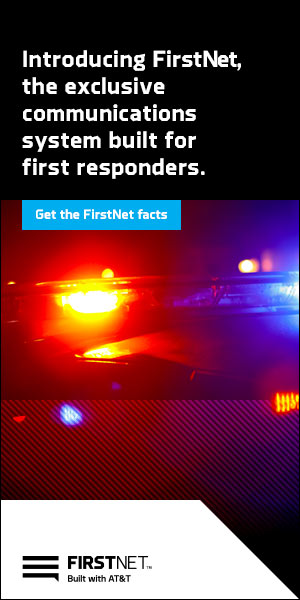by ECC Editor | Jul 15, 2021 | Comm Center News, Resources
The FirstNet App Catalog is a library of pre-evaluated and approved mobile apps dedicated to serving and supporting the public safety community. All Applications listed in the FirstNet catalog have been scanned for malware and severe security vulnerabilities to better protect the public safety community. Certified apps have passed more stringent security assessment.
FirstNet empowers first responders and those that support them with reliable access to voice, data, and video in the field. Public safety professionals, systems, and information are connected to this dedicated communications platform via purpose-built devices. These FirstNet Ready™ devices include trunk-mounted routers, smartphones, tablets, computers, and data
terminals as well as wearables, sensors, and IoT devices. With reliable connectivity and the ever-growing array of smarter and smarter devices, an expansive green field of mobile apps is now available to the public safety community. View the FirstNet App Catalog online.
by ECC Editor | Jan 26, 2021 | Comm Center News, Resources
A Colorado Communications Center in Durango recently encountered an issue where their non-emergency lines were being marked as SPAM RISK. The problem had been reported by both citizens and officers. This posed not only the normal problem of people avoiding SPAM calls but an additional layer to navigate is if phones have been set up to automatically refuse SPAM calls. Testing was done on different cellular platforms and on several carriers, determining it was only happening with AT&T phone users.
Durango/La Plata Emergency Communications Center listed the issue on an AT&T Forum (can be viewed here). The resolution was to add all non-emergency numbers, including the agency website to ensure they were not flagged as SPAM, to this website.
The Interim Director reported all has been fixed. If you are experiencing a similar issue, view the AT&T forum for details and consider their course of action for resolution.
by ECC Editor | Sep 1, 2020 | Resources
Support a Fully Operational Public Safety Broadband Network Using 4.9 GHz
Public safety requires a dedicated radio and broadband spectrum to perform our duties in protecting the public. We depend on this spectrum for our radio systems and for our broadband data network needs. This was acknowledged in the 9/11 Commission report and Congress also demonstrated a deep understanding of the importance of a dedicated public safety network when they created The FirstNet Authority in 2012.
Sign the petition here!
by AllThingsECC.com | Jun 22, 2020 | Comm Center News, Resources
Course Information
MVC offers a 120-hour public safety dispatch course in conjunction with the Riverside County Sheriff’s Department and POST. This course provides basic training for entry-level law enforcement dispatchers and complaint desk telephone operators. Participants learn correct procedures for public safety telephone and radio operation, interagency coordination and communication, and stress management. Advanced instruction in civil liability, suicidal callers, ethics, and the dispatcher’s role in officer safety…
by ECC Editor | Mar 13, 2020 | Comm Center News, Critical Alert, Resources
This guidance applies to all first responders, including law enforcement, fire services, emergency medical services, and emergency management officials, who anticipate close contact with persons with confirmed or possible COVID-19 in the course of their work.
Summary of Key Changes for the EMS Guidance:
- Updated PPE recommendations for the care of patients with known or suspected COVID-19:
- Facemasks are an acceptable alternative until the supply chain is restored. Respirators should be prioritized for procedures that are likely to generate respiratory aerosols, which would pose the highest exposure risk to HCP… READ MORE
by ECC Editor | Jan 27, 2020 | Comm Center News, Resources
Recognize the roles and responsibilities the 911 Telecommunicator plays in applying the principles, practices, and standards of care when servicing 911 calls. Learn and recognize the difference in fire, medical, or police responses to 911 calls.
In our program, interested students will complete two parts… READ MORE


